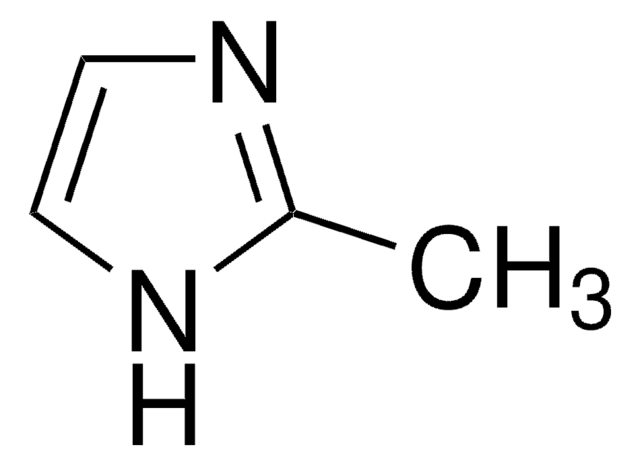230006
Zinc nitrate hydrate
99.999% trace metals basis
Synonym(s):
Dinitric acid zinc salt hydrate
About This Item
Recommended Products
Quality Level
Assay
99.999% trace metals basis
form
powder and chunks
impurities
≤15.0 ppm Trace Metal Analysis
mp
36 °C (lit.)
density
2.065 g/mL at 25 °C (lit.)
SMILES string
O.[Zn++].[O-][N+]([O-])=O.[O-][N+]([O-])=O
InChI
1S/2NO3.H2O.Zn/c2*2-1(3)4;;/h;;1H2;/q2*-1;;+2
InChI key
FOSPKRPCLFRZTR-UHFFFAOYSA-N
Application
Signal Word
Danger
Hazard Statements
Precautionary Statements
Hazard Classifications
Acute Tox. 4 Oral - Eye Irrit. 2 - Ox. Sol. 2 - Skin Irrit. 2 - STOT SE 3
Target Organs
Respiratory system
Storage Class Code
5.1B - Oxidizing hazardous materials
WGK
WGK 3
Flash Point(F)
Not applicable
Flash Point(C)
Not applicable
Personal Protective Equipment
Choose from one of the most recent versions:
Already Own This Product?
Find documentation for the products that you have recently purchased in the Document Library.
Customers Also Viewed
Articles
Colloidal quantum dots (CQDs) are semiconducting crystals of only a few nanometers (ca. 2–12 nm) coated with ligand/surfactant molecules to help prevent agglomeration.
Our team of scientists has experience in all areas of research including Life Science, Material Science, Chemical Synthesis, Chromatography, Analytical and many others.
Contact Technical Service














